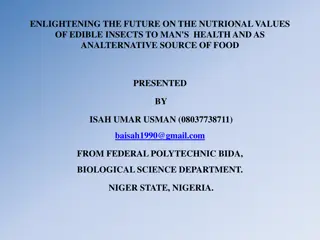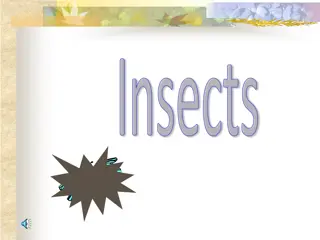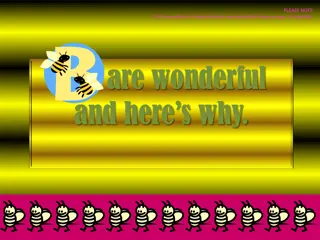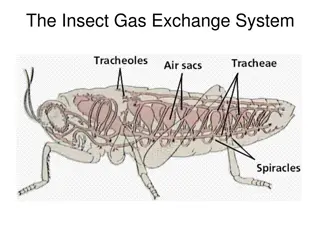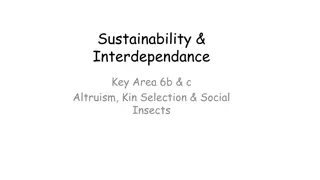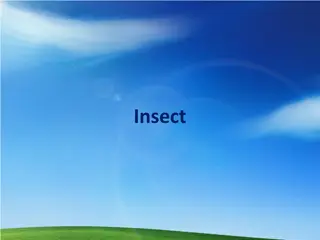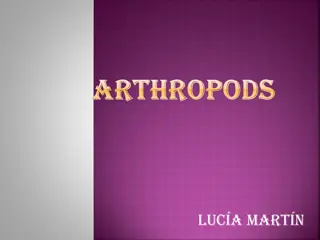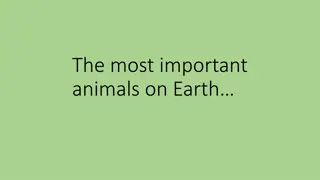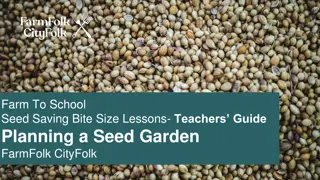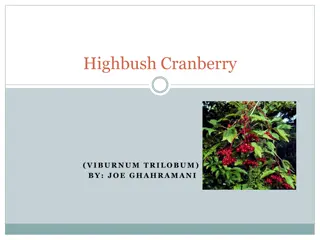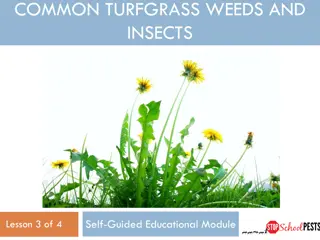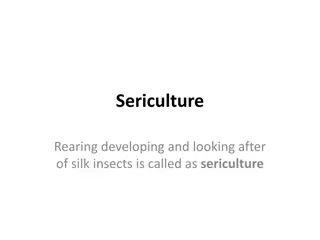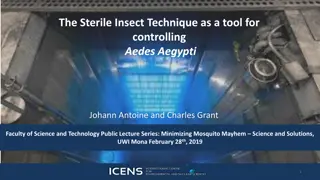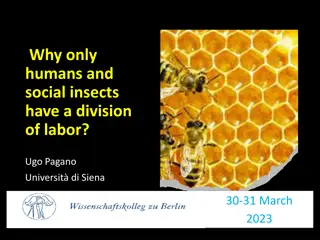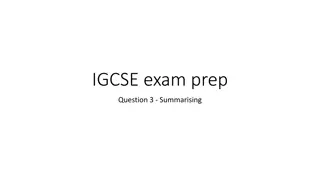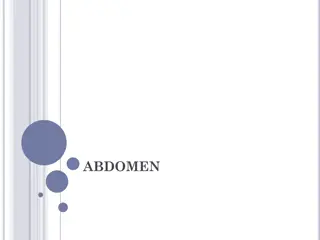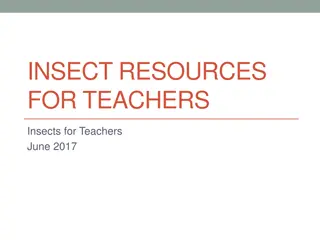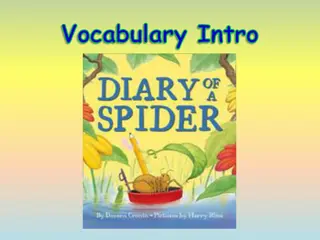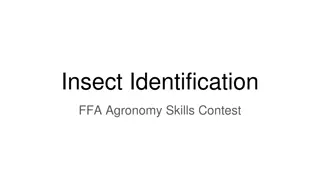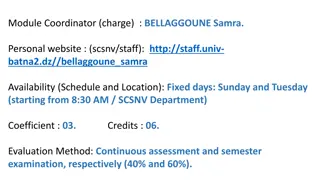Discovering Pollinating Insects in the UK
Learn about the diverse world of pollinating insects in the UK, including bees, moths, wasps, butterflies, beetles, and flies. Explore how these insects play a crucial role in pollination, benefiting plant ecosystems. Engage in a fun learning activity to spot different pollinators in the wild and understand their importance in the natural environment.
Download Presentation

Please find below an Image/Link to download the presentation.
The content on the website is provided AS IS for your information and personal use only. It may not be sold, licensed, or shared on other websites without obtaining consent from the author. Download presentation by click this link. If you encounter any issues during the download, it is possible that the publisher has removed the file from their server.
E N D
Presentation Transcript
August This month, common yellow-face bees will be nesting in hollow stems. Learn about: pollinators Some plants are pollinated by wind, but most are pollinated by insects. Bees are excellent pollinators, but they are not the only insect pollinators in the UK. There are actually 1,500 pollinating insect species, including wasps, butterflies, moths, beetles and flies. On the next slide we will be looking at some of them. Six-spot burnet moth Small tortoiseshell butterfly
Pollinating insects living in the UK Moths: Wasps: Elephant hawk moth Many types of moth fly at night so we may not see them but they are important pollinators. They use their long tongues to feed on nectar in flowers. As they do this, pollen sticks to their furry bodies, and brushes onto the next flower they visit, which could be many kilometres away. Social wasps When wasps visit flowers to feed on nectar, they don t pick up as much pollen as bees. This is because their bodies have less hair for pollen to stick to, but they are still valuable pollinators. Hoverflies: Beetles: Marmalade hoverfly Most adult hoverflies feed on nectar, some types also eat pollen. They prefer flat flowers which they can easily land and feed on. Despite their small size, it is thought that up to 4 billion hoverflies migrate to Britain each year! Rose chafer beetle Many types of beetle visit flowers to eat pollen. While they are feeding, some pollen sticks to their bodies. This pollen brushes off when they visit the next flower, meaning pollination can take place.
1 2 3 4 Learning activity: why not get outside and have a look for pollinating insects? Find a patch of flowers in some sunshine and wait quietly to see what turns up. Drone fly Marmalade hoverfly Soldier fly Bumblebee 6 5 7 8 You can use the pollinating insect spotter guide to help you to identify what you see. Honey bee Solitary bee Longhorn beetle Soldier beetle 11 9 10 12 Remember just to look and not to touch. Thick-legged flower beetle Brimstone butterfly Peacock butterfly Red admiral butterfly
Home | Pollen Dust-like grains, produced by the male parts of flowers.
Home | Pollination When a flower or plant has received pollen which has resulted in the flower or plant being able to make seeds.
Home | Pollinators Animals that move pollen from one flower or plant to another e.g. bees.
Home | Nectar Sweet liquid, mainly produced in flowers.



